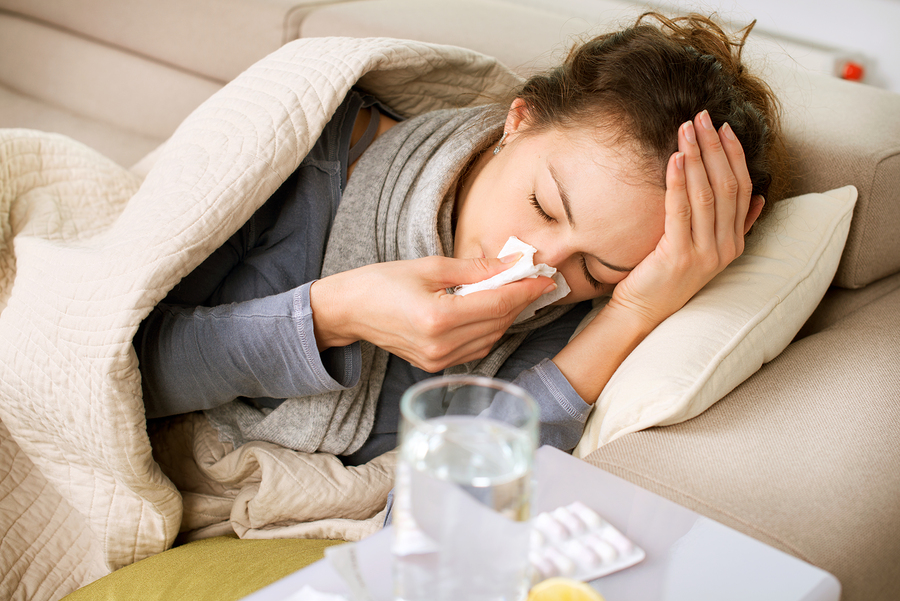
You are shaking and your chest hurts when you breathe. You think it is the flu but after taking your medicine for fever, you realize that what you have may be much worse. What you have may not be an ordinary infection but the possibly the more severe pneumonia.
Pneumonia is a respiratory illness that affects one or both of your lungs’ alveoli, which are the air sacs of your lungs. The alveoli swell up and may become filled with liquid due to an infection caused by anything from a virus to bacteria.
Causes
Bacteria Pneumonia
Bacterial Pneumonia is caused by bacteria, most likely to be Streptococcus. It is mostly acquired by those who currently have respiratory problems, post operation patients, immune system problem, the elderly and heavy drinkers.
Viral Pneumonia
There are viruses that cause fever and flu that may also cause viral pneumonia. It mostly affects young adults and may develop into bacterial pneumonia if left untreated.
Mycoplasma Pneumonia
Mycoplasma pneumonia is caused by small bacterium. It affects the youth more than any other age group due to the increased contact in schools although it can affect any age group.
Aspiration Pneumonia
Aspiration Pneumonia is acquired by breathing into your lungs food, drink or bodily fluids. This may cause breathing difficulties, abnormal gag reflex and problems swallowing. This will cause an infection to develop in your lung cavity.
Symptoms
The symptoms of pneumonia can be anything from mild to severe. This all depends on what is causing the infection. The general symptoms are:
- Cough with mucus
- Difficulty breathing
- Dizziness
- Vomiting
- Chills
- Delirium
- Chest pain whenever you breathe
- Headache
- Diarrhea
- Fatigue
- Listlessness
- High Fever
Types
By Location
Community-Acquired Pneumonia (CAP)
CAP is caught outside medical institutions. It is the most common type and can be acquired by inhaling pneumonia causing germs.
Hospital-Acquired Pneumonia (HAP)
HAP is caught inside hospitals by people who may have entered or may have been confined for another illness, especially if it is already a respiratory problem. Note that this is more serious than CAP due to some hospital germs being antibiotic resistant.
Health Care-Associated Pneumonia (HCAP)
HCAP is caught by people who enter health care institutions such as dialysis centers, health clinics or nursing homes.

Diagnosis
Upon visiting the doctor, he or she will ask questions about the symptoms you are experiencing. The doctor will then examine you and listen to your lungs make by using a stethoscope. If a bubbling, echoing and cracking sound is heard when you breathe, your doctor may diagnose you with pneumonia. To confirm this diagnosis, he or she will request a chest x-ray to confirm if there is indeed and infection present in your lung.
If the diagnosis is Pneumonia, your doctor will request a blood test to check the type of pneumonia, to see if the pneumonia has spread to your bloodstream and to know the white blood cell count. Your doctor may request additional tests like a Bronchoscophy or Pleural Fluid Culture to be done, depending on the progression of the illness.
Treatment
The treatment for pneumonia differs with each cause. The general treatment is to give the patient antibiotics, Non-steroidal Anti-inflammataory Drugs, medicine for fever and medicine for cough. But you may also be hospitalized if the case is severe, you are above 65, you have a chronic illness, you are disoriented, you have low blood pressure or you cannot keep down oral medicine.
Prevention
Pneumonia can be avoided by getting a flu and pneumococcal vaccine, getting enough rest, having a healthy lifestyle, avoiding sick people and practicing good hygiene.
Take note that there are times when your respiratory illness can be misdiagnosed as a cold or flu or pneumonia. Just remember that when it comes to pneumonia, the illness has been there longer and the symptoms worse.